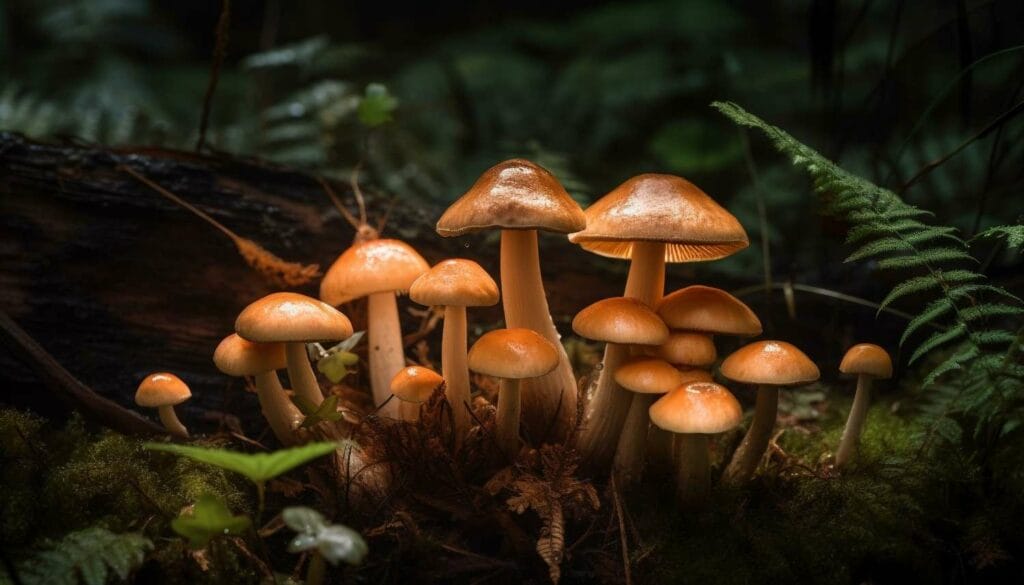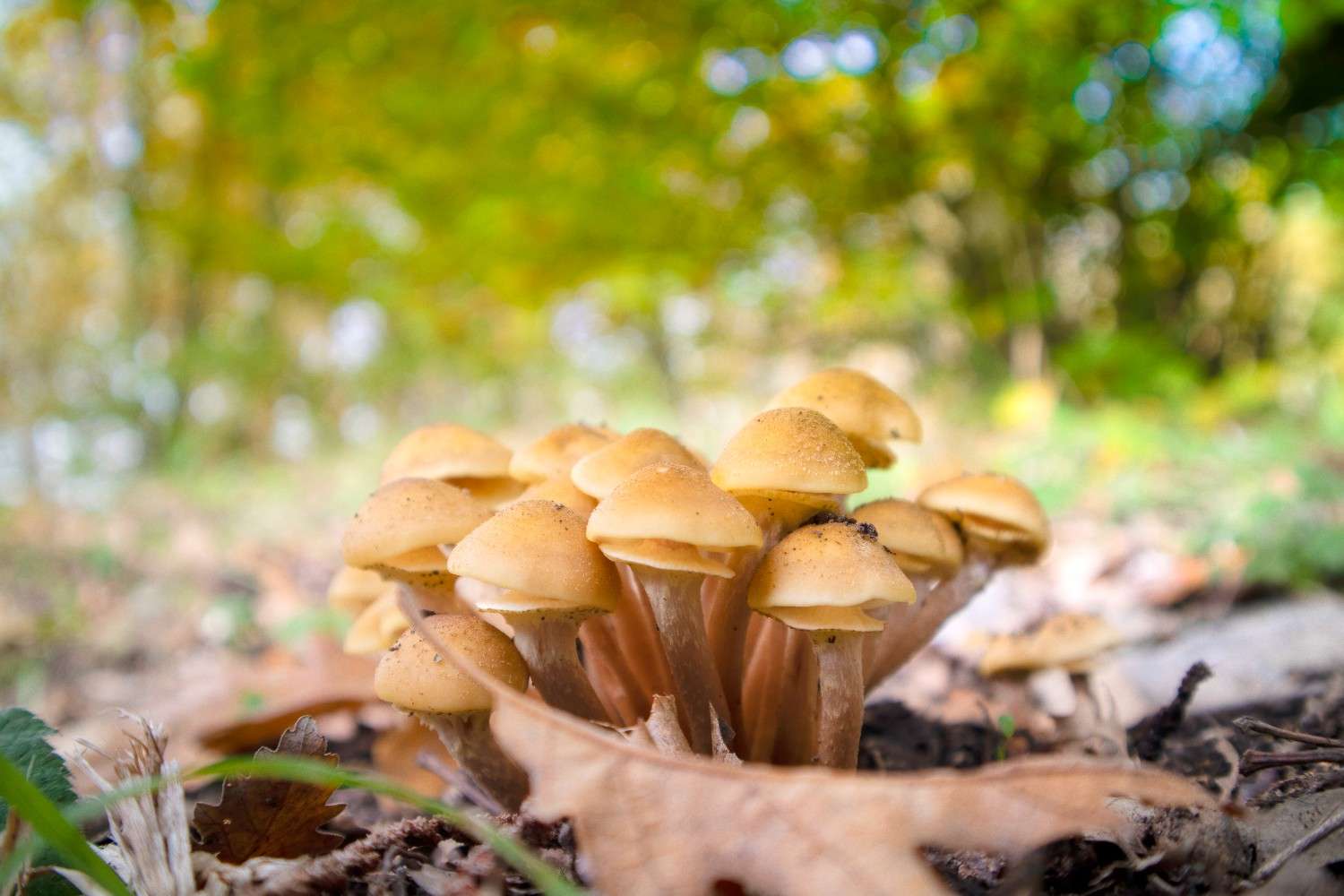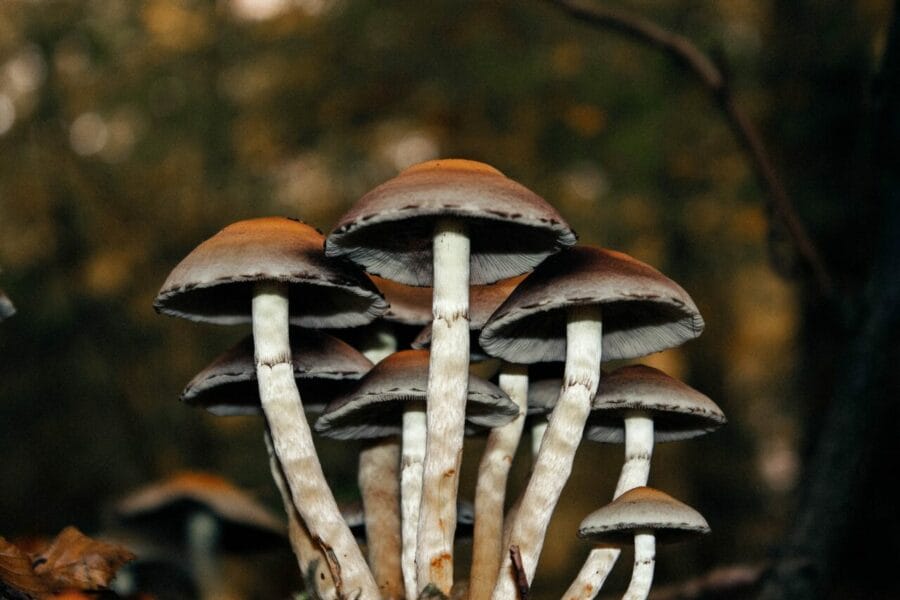Shrooms Canada has garnered widespread recognition, securing substantial funding for potential medicinal uses, promoting advanced scientific research, and establishing increasing public receptiveness.
The growing popularity of psilocybin mushrooms as a frequently used psychoactive substance is emphasized by two recent studies.
Eric Leas, an epidemiologist at the University of California, San Diego, recorded a 1,250% surge in internet searches related to microdosing since 2015, with psilocybin overtaking LSD in 2019. Additionally, a study conducted by the RAND Corporation indicates that approximately 3% of Americans – nearly 8 million adults – consumed psilocybin in the past year, marking it as the most commonly used hallucinogen in 2023.
Let’s explore the global interest in shrooms.
[toc]
Understanding Microdosing
Psychedelic microdosing involves consuming a small amount of a hallucinogenic substance to achieve a beneficial mental effect without experiencing a full psychedelic trip. This generally includes taking only 10-20% of a dosage that would provoke a psychoactive response. The purpose is to ingest an inconsequential quantity of a psychedelic substance that doesn’t significantly alter consciousness.
In the past, microdoses of magic mushrooms and peyote were used to ease physical symptoms and enhance wellbeing. The practice of microdosing expanded to include LSD in the 1960s as people aimed to boost cognitive performance and creativity.
Today, microdosing also includes substances such as MDMA, Ritalin, cannabis, and ketamine, which can cause hallucinations at larger doses but don’t incite a psychedelic experience when microdosed.
Comparing Microdosing and Full Dose Experiences
| Aspect | Microdosing | Full Dose (Psychedelic) |
| Dosage | 0.1 to 0.3 grams of dried mushrooms | 1 to 3 grams or more of dried mushrooms |
| Frequency | Regular (e.g., every few days) | Occasional |
| Duration of Effects | Limited interruption to daily tasks | The altered state persists for 4-6 hours |
| Sensory Impact | Manifestation of hallucinations (misinterpreted or nonexistent sensory perceptions), intensified emotions and sensory encounters (brightened colors, amplified sounds), and synesthesia (such as “seeing” sounds or “hearing” colors) | Subtle sensory alterations, minor mood and perception improvements, and enhanced concentration and creativity |
| Physical Impact | Negligible to zero physical effects | Increased energy and heart rate, along with feelings of nausea |
The Rise of Psilocybin Microdosing
Approximately half of those who used psilocybin in the past year chose to microdose, a practice favored by tech industry experts and suburban parents. Microdosing entails the use of 1/10 to 1/20 of a full dosage. Most microdosers take psilocybin only once or twice a year, with a scant 11% using it more than six times. Over half prefer whole or dried mushrooms, while the rest opt for processed forms like chocolate bars or teas.
The growing interest in microdosing is connected to the changing laws regarding cannabis and psychedelics. There is a high interest in microdosing in states like Oregon and Colorado, where plant-based psychedelics have been decriminalized.
Studies suggest an increase in psilocybin usage, particularly in nightlife settings, where it competes with drugs such as ecstasy and ketamine. One study estimated that in 2019, 5.5 million adults used hallucinogens, with a significant rise in LSD usage.
Key Motivations Behind the Growing Microdosing Trend
The RAND survey outlined the top three reasons why Canadians consume psilocybin:
Enjoyment and Social Engagement
A large number of Canadians use these hallucinogenic mushrooms for recreational purposes, seeking a distinct communal experience. The group dynamics of consuming psilocybin at social events or gatherings enhance its appeal.
Mental Health
Many users turn to psilocybin for its potential mental health advantages. Indeed, an observational study in Nature-Scientific Reports Trusted Source suggests that microdosing psilocybin mushrooms
Teas with Psilocybin offer an enjoyable and easily digestible method of consumption.
- Method of preparation: Psilocybin mushrooms are steeped in hot water to create the tea.
- Dosage: The amount of psilocybin can vary based on the quantity of mushrooms used in brewing.
- Method of intake: Drank like any other tea, it may be mixed with other flavors to mask the mushroom taste.
Psilocybin Microdosing
Microdosing is a technique that employs low doses to boost mental well-being. It has been found to assist in improving mental health disorders. Research has indicated that individuals who microdose experienced a decrease in symptoms of depression, anxiety, and stress compared to those who did not.
Psilocybin Extracts
Psilocybin extracts are a concentrated form of the compound, providing a more reliable and precise dose.
- Method of preparation: Psilocybin is extracted from mushrooms using solvents such as alcohol.
- Dosage: Extracts are measured in milligrams, ranging from 1 to 10 milligrams per microdose.
- Method of intake: It can be taken directly, mixed with beverages, or encapsulated.
Psilocybin Edibles
Edibles provide a unique method of microdosing by incorporating psilocybin into food items such as chocolates, gummies, or other treats.
- Method of preparation: Psilocybin is mixed into the food products during the cooking or manufacturing process.
- Dosage: Each edible contains a specific amount of psilocybin, ensuring consistent dosage.
- Method of intake: Eaten like any other food, often flavored to mask the taste of the mushrooms.
Psilocybin Tinctures
Tinctures are liquid extracts that facilitate adjustable dosing and easy absorption.
- Method of preparation: Psilocybin is extracted into a base of alcohol or glycerin.
- Dosage: Measured in drops or milliliters, allowing precise control over the intake.
- Method of intake: Can be placed under the tongue or added to a beverage.
Psilocybin Teas
Drinking teas is a traditional way to consume psilocybin, offering a soothing and peaceful experience.
- Preparation Method: Dried mushrooms are steeped in hot water, often with additional herbs or flavors to improve the taste.
- Dosage: The strength of the tea is influenced by the amount of mushrooms used, with common Microdoses typically varying from 0.1 to 0.3 grams.
- Consumption Method: It can be consumed like any other herbal tea.
Available Products at Shrooms Canada
| Product | Type | Dosage | Time to Take Effect | Duration | Effects |
| Trans Envy Magic Mushrooms | Psilocybin Mushrooms | Usually, 0.1 to 0.3 grams per microdose. | 30-60 minutes | 2-4 hours | Boosts mood, triggers visual changes, encourages introspection |
| Kind Stranger – Microdose Capsules | Psilocybin Capsules | 1 capsule equals 250 mg (15 capsules per bottle). | 30-60 minutes | 2-4 hours | Fosters clarity, creativity, focus, and reduces stress |
Main Point
The global trend of microdosing psilocybin mushrooms, led by Canada, indicates a significant change in the understanding and use of psychoactive substances. As research advances and regulatory frameworks evolve, the potential therapeutic benefits of psilocybin could dramatically revolutionize the treatment of various mental health disorders and improve overall wellbeing.
Frequently Asked Questions
What are the Essential Tips for Microdosing?
- Employ a precise scale if you don’t have a pre-measured dose.
- Initiate the first dose on a typical, relaxed day when your mood is good.
- Ensure your environment is secure and devoid of interruptions.
- Follow your selected regimen for a duration of 4-10 weeks.
- Start with a small dose and adjust as needed to reach the desired results.
- Take your microdose in the morning to avoid interfering with your sleep.
- Initially, stay away from alcohol and other mind-altering substances. CBD might be beneficial.
- Keep a microdosing journal to track dosage, time, diet, activities, and outcomes.
- Be patient and let the protocol work over time.
Grasping the Fadiman Protocol
The Fadiman Protocol, created by psychologist James Fadiman, is a microdosing strategy. It recommends taking a microdose on day one, then abstaining for the following two days. This cycle is repeated for a duration of 4 to 10 weeks.
This protocol’s primary aim is to provide a balanced approach to microdosing. It helps avoid tolerance buildup and allows the body to recover between doses. This balance enables users to sustain the benefits of microdosing without diminishing effectiveness over time.
Interpreting the Stamets Stack Protocol
The Stamets Stack Protocol, put forward by mycologist Paul Stamets, suggests dosing for four continuous days and then taking three days off. This protocol is unique due to its inclusion of supplements like Lion’s Mane mushroom and Niacin.
Lion’s Mane is preferred for its potential to boost neurogenesis, whereas Niacin is used to enhance absorption. Similar to the Fadiman Protocol, this regimen lasts for 4 to 10 weeks. The combination of substances in the Stamets Stack is designed to improve cognitive function and boost overall brain health.
Articles that might interest you:




